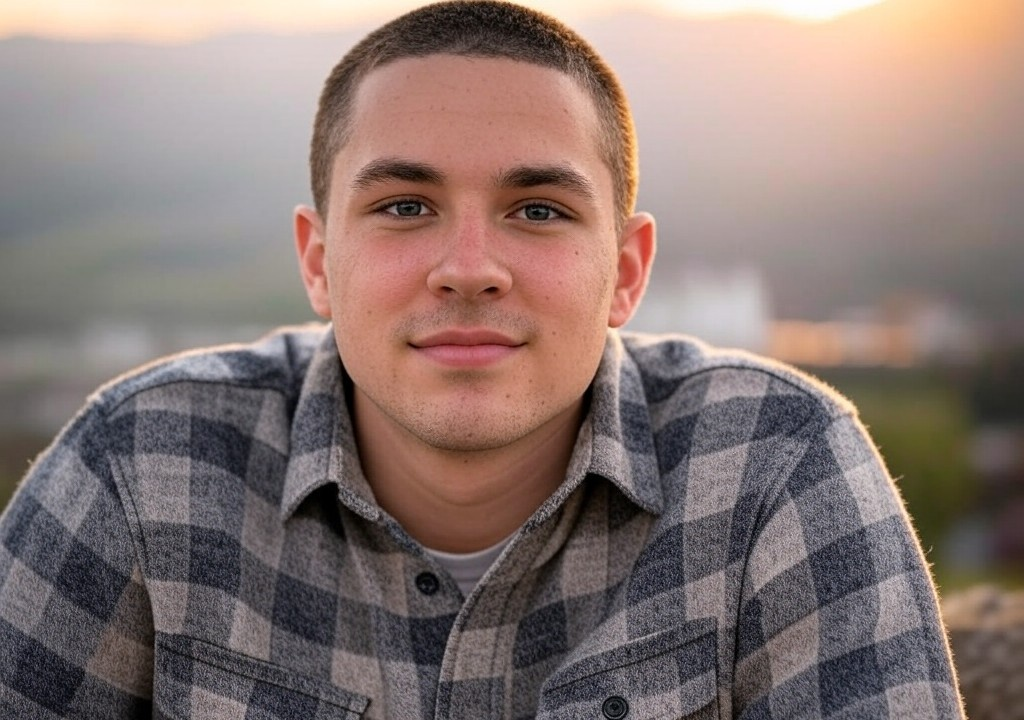I’m not going to sugarcoat it—I’m afraid of rejection. Not the mild inconvenience of someone glossing over my existence in a crowded room, but that bone-deep terror of putting my real self on display and hearing crickets in reply. The kind of rejection that makes your stomach churn and leaves you wondering if maybe, just maybe, you should stick to hobbies where no one else has to see you (hello, sourdough baking). But here’s the kicker: I keep doing it anyway. Why? Because in some cosmic joke of personal growth, fear and fulfillment often go hand in hand. At least, that’s what I tell myself when the fear of vulnerability tries to trick me into sitting on the sidelines.
Let’s dig into this fear (and why leaning into it anyway might just be worth every awkward pause).
The Face (and Feel) of Fear
There was a moment, not long ago, when I stood at the edge of an absurdly scenic cliff in Zion National Park, staring at the trail sign for Angel’s Landing. If you’re unfamiliar, this hike’s claim to fame is that it’s spectacularly beautiful—and borderline terrifying. Chains bolted into rock guide hikers as they traverse a ridge with drops that seem specifically designed for nightmare sequences. My legs were already wobbly with a fun cocktail of adrenaline and unease as I considered whether I could handle scaling the ridge.
Here’s what struck me: that edge-of-the-world vertigo is almost identical to baring your soul to someone, whether it’s confessing how you feel or sharing pieces of yourself you normally keep tucked away. Standing vulnerable on the precipice, one of two things will happen—you’ll either be caught or you’ll fall. Spoiler: I went ahead and hiked Angel’s Landing. My legs shook the entire time, and I contemplated never making eye contact with strangers again if I had to scream “I need rescue!” (thankfully, I didn’t). But finishing that trail was proof that walking into fear holds some strange magic.
What We Fear Isn’t Always Rational
If fear were a helpful life coach, maybe it’d nudge us away from genuinely dangerous things, like skiing off cliffs or making sushi from gas station tuna. But most of the time, fear is more of an overbearing micromanager. It’s not afraid of what will definitely hurt us—it’s afraid of uncertainty. Sending a heartfelt text to someone you adore might lead to a relationship... or to their kind, soul-crushing “I just don’t feel the same way.” Admitting that you need more time to yourself in a relationship might lead to a stronger connection—or an uncomfortable breakup. We can’t predict the outcomes, and fear despises that.
But here’s where fear gets it wrong: when uncertainty reigns, it opens up space for possibility. Possibility, by its nature, paves the way for both failure and unexpected joy. And between you and me, I’d rather gamble on joy than stay in the safety zone of “What if?”
My Crash Course in Vulnerable Bravery
Growing up in a traditional Latter-day Saint household, I was deeply acquainted with the idea of certainty. We valued plans, rules, and a clear sense of right and wrong. But somewhere along the line, I realized not all certainty resonated with me. More often than not, the times that stood out—the “life-story” moments—were the ones where I felt uncertain but chose to act anyway. Like that time I confessed to a college crush that I played the organ in church, thinking it wasn’t exactly the sexiest cool-guy skill. (Spoiler: she laughed, thought it was endearing, and said yes to dinner.)
As an adult, that tendency toward opening up hasn’t completely overridden the fear of rejection. Writing a memoir about my religious upbringing was like pouring my childhood into a snow globe and handing it to the world, wondering who would shake it (and who might smash it entirely). These moments are the emotional equivalent of texting someone “I like you... thoughts?” and then throwing your phone across the room to avoid seeing their response.
And yet, in every instance where I’ve pushed through—where my heart races and my hands are clammy—I’ve been reminded that fear doesn’t have to win. The scariest moments tend to uncover the truest connections.
How to Walk Into Fear (Without Feeling Like a Fool)
That all sounds fine in theory, right? Romanticize your fears, pick a trail called “Angel’s Landing,” and hope that no one metaphorically shoves you off. But in practice, doing the thing that scares you requires a little more structure. Here’s how I’ve learned to face my fears (instead of letting them drive):
1. Acknowledge the Fear by Name
It sounds counterintuitive to stare your fear square in the face, but naming it helps. For me, it’s not just “rejection”—it’s the sting of feeling unworthy. Once I see that, I remind myself: what I fear doesn’t define my worth.
2. Practice Small Risks
You don’t have to confess your undying love on day one. Build up your bravery muscle. Say something honest and vulnerable in a low-stakes conversation. Share that embarrassing hobby with a friend. Small steps snowball into larger confidence.
3. Rewrite the What-Ifs
That inner dialogue that spirals into disaster scenarios? Flip it. Instead of “What if they don’t like me?” try “What if this brings us closer?” Instead of “What if I fail?” ask, “What if I learn something I never expected?”
4. Reflect on Wins
Once I hiked Angel’s Landing, my brain had proof: I could do what scared me and survive (with a faint breeze of pride, too). For you, that win might be as small as complimenting a stranger at a coffee shop. Whatever it is, remember it for the next time you’re facing down fear.
Why We Do It Anyway
Fear and connection are two sides of the same coin. You can’t build deep relationships while hiding behind a wall of invulnerability. Frankly, sometimes I wish that weren’t true—wouldn’t it be easier to just show people the polished Instagram-filter version of myself and never risk rejection? Sure. But then I’d miss the richness of someone truly knowing me, flaws and all.
And here’s the wild thing: the strongest connections come out of the moments when we lean into our fears together. Whether it’s your partner admitting they’re terrified to meet your parents but showing up anyway, or a friend telling you they feel like they’re failing but are scared to mention it—these are the snapshots that hold meaning. Vulnerability isn’t about showing off your perfection. It’s about the bravery of trusting someone else with the messy, unpolished stuff.
Take the Leap
So, let’s get practical. What’s your version of a cliff edge? A conversation you’ve been avoiding? A truth you’ve been silencing? A question you’re too afraid to ask? You don’t have to conquer it all in one day, but take a step toward it. The secret to bravery isn’t fearlessness—it’s action in the face of fear.
Look, I won’t promise that embracing fear will always lead to big wins. Sometimes you’ll trip, or the conversation won’t go according to plan. But I’ve learned this much: the things that matter most require us to tremble and leap. Real connection demands we risk rejection. And while every leap won’t lead to a safety net, many of them will land you somewhere new, somewhere worth being.
And in my experience, that leap—fear pounding in your chest, legs shaking at the thought of what’s next—is where life really gets interesting.




















